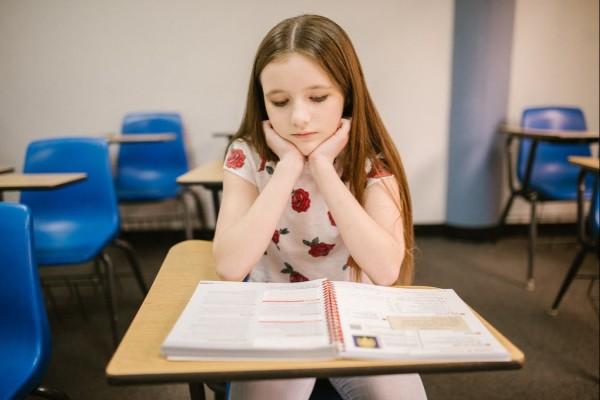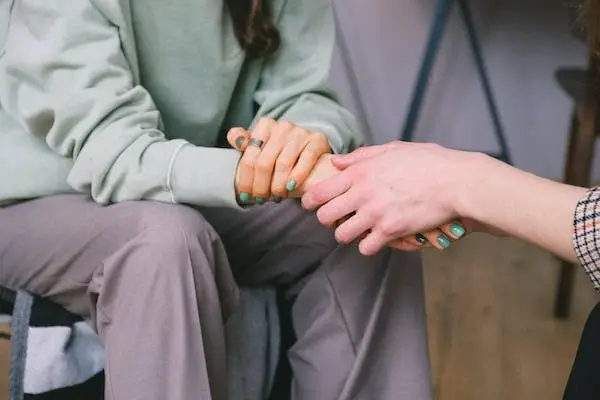
For Teachers & Professionals
The PANTS lesson plan
About one in five children in Europe are victims of some form of sexual violence.
This includes sexual touching, rape, sexual harassment, grooming, exhibitionism, exploitation in prostitution and pornography, online sexual extortion and coercion. A great part of these children is unable to speak up for themselves. About one third of abused children never tell anyone. Some children are not able to recognise the abuse, for example, very young children and children with disabilities. Amongst these children, there is also shame, fear and confusion.
PANTS model is a quick way that helps children understand that their body belongs to them, and they should tell someone they trust if anything makes them feel upset or worried. PANTS stands for:
- Private parts are private;
- Always remember that your body belongs to you;
- No means no;
- Talk about secrets that upset you;
- Speak up, someone can help.
The lesson is divided into six topics of about ten minutes each.
1. Explain the model
Show children the PANTS acrostic to explain the main messages. Use images and colours. Take each sentence in turn and explain what each letter of PANTS stands for. Check that the children understand each phrase.
2. Design your own pants
Provide colouring pencils, pens and paints. Ask children to design and make their own pants.
3. Labelling body parts
Create a large representation of the human body so that the children can help to label key body parts and identify what area is covered by pants. This can be done on the whiteboard or for each child alone. Children aged 5-7 should know the terms penis and vagina. Introduce this vocabulary in case they don’t know it and explain that the pants region shouldn’t be touched.
4. Differentiate the type of touch
Discuss the difference between appropriate/‘good’ touch, and inappropriate/‘bad’ touch. Discuss positive and negative feelings linked to a ‘good’ touch/‘bad’ touch. Say that ‘good’ touch should make someone feel positive – like hugs and kisses from family members and provide examples of situations in which other people may touch each other, like hugging to show affection. Show them also that some touching might not feel good but it is necessary, like grabbing someone who is impulsively crossing the road. Make sure the children understand that they should not be asked to keep secrets that involve touch. Explain to pupils that if they are being asked to keep secrets by people and don’t understand why they should talk to someone they trust about them. When talking about bad touch avoid discussions about abuse. Instead, reinforce that if they feel uncomfortable about touch they can talk to someone they trust.
5. Trusting someone
Ask the children to think of helpful people or people with whom they feel safe. Explain that people who you can trust and who can help could include a parent, a sibling, a friend’s parent, a teacher, a police officer etc. Make children write a list of people they trust most. You should offer guidance on who this might be but make sure this does not include generalised statements. Each child should create their own individual list. Encourage them to make it more personal. Ask them to think of people in their life who they feel they could confide in and trust.
6. Wrapping it up
Make sure children remember what has been discussed. Give them a random letter from the acrostic and ask them to repeat that concept to the class. If they cannot explain it, encourage them to remember some of the meaningful words like “secrets”, and “trustful people”.
REFERENCES
Council of Europe. (2020). About one in five children in Europe are victims of some form of sexual violence. Human rights channel. Retrieved 2022, from https://human-rights-channel.coe.int/stop-child-sexual-abuse-in-sport-en.html
NSPCC Learning. (2022). PANTS resources for schools and teachers. Retrieved 2022, from https://learning.nspcc.org.uk/research-resources/schools/pants-teaching
Share the knowledge!
More For Teachers & Professionals Q&A

Early Pregnancy Loss and Emotional Counselling with a Patient-Centred Perspective

PEARLS model to talk about Sexuality

Multiple Sclerosis and Sexuality

When the doctors talk about sexuality: what are the patient's reactions?

Teaching consent to Young children (8 – 12 years old)

The BETTER model for Sexual assessment in Cancer patients
This is a website that WE are building together. If you have a question there is no answer to on this site, send it here!
